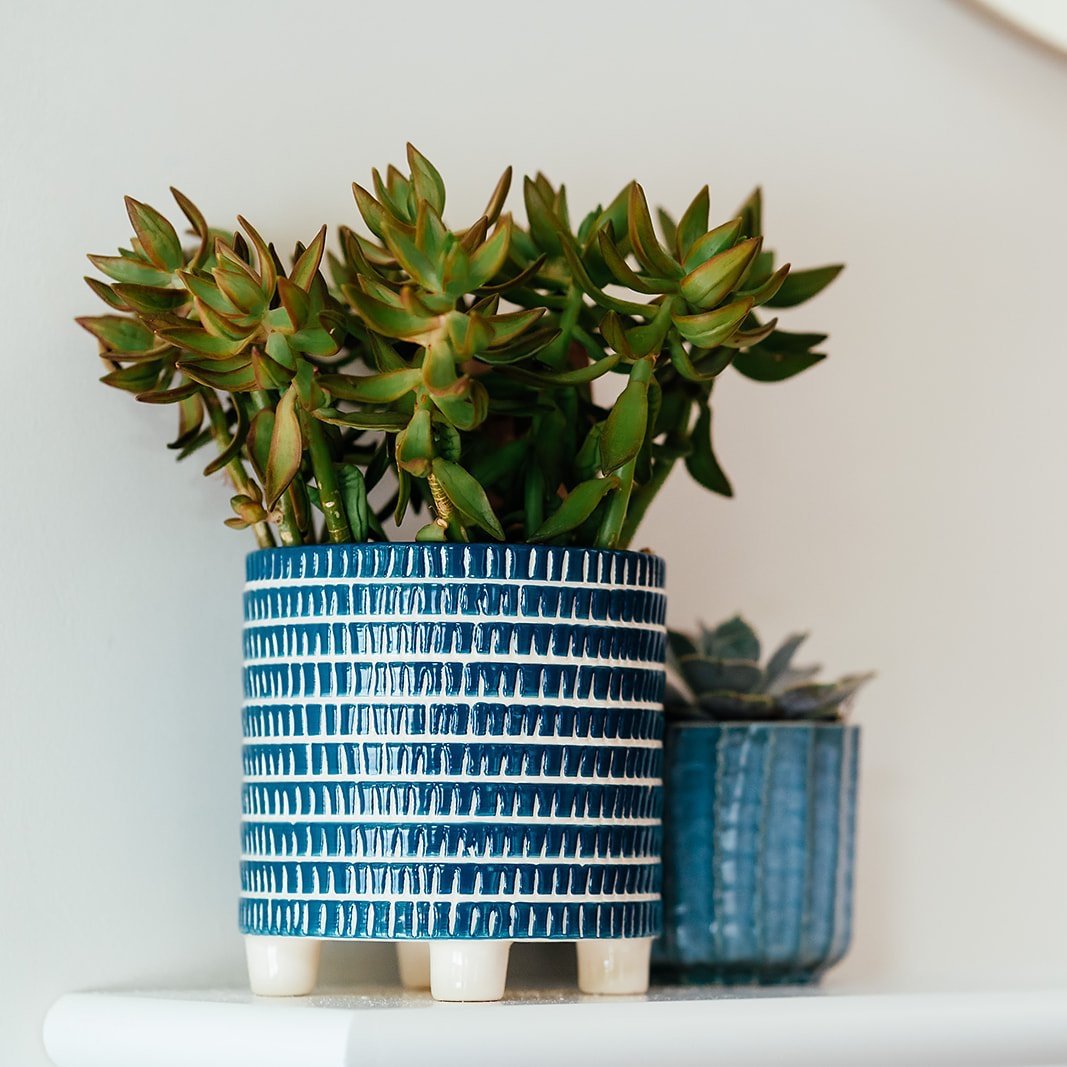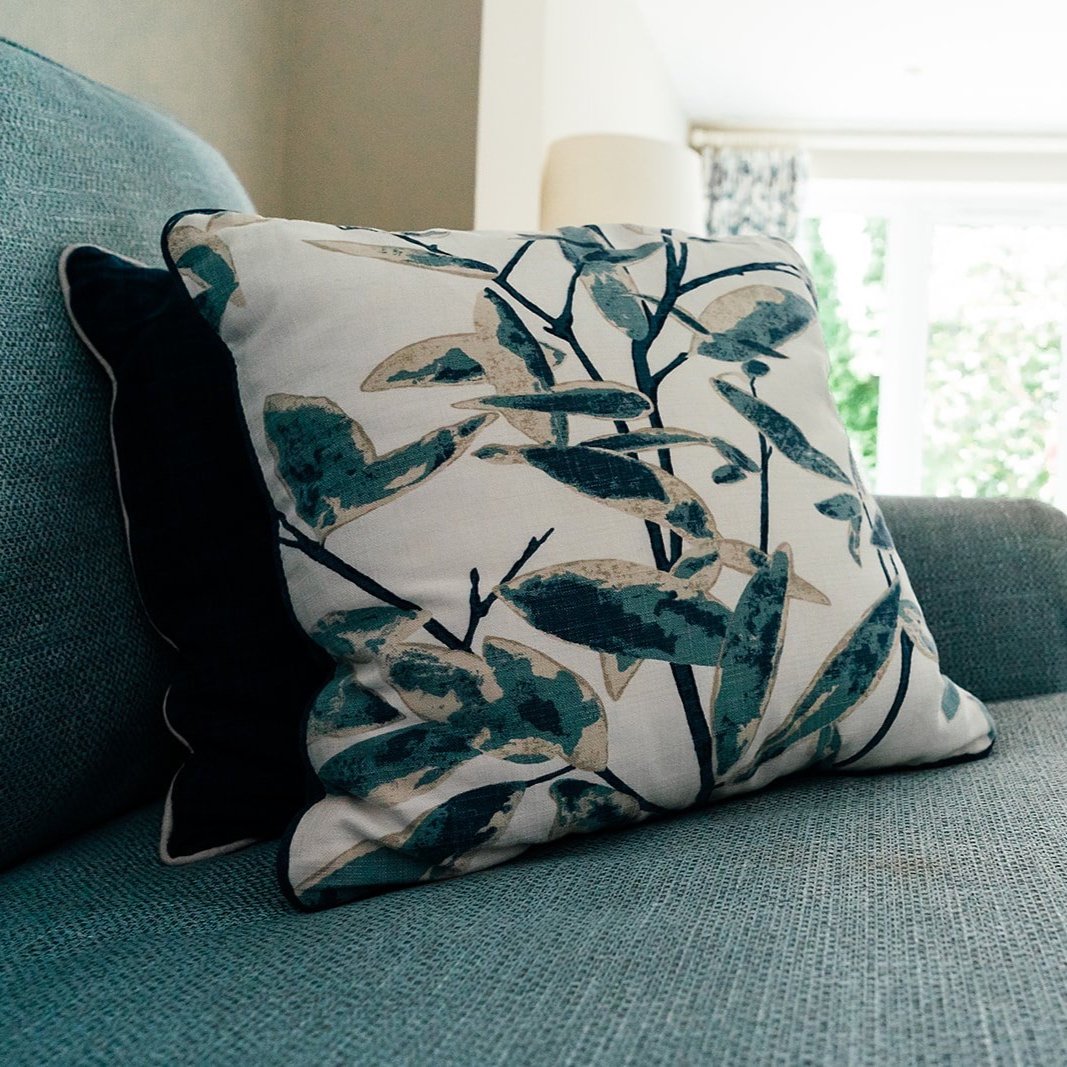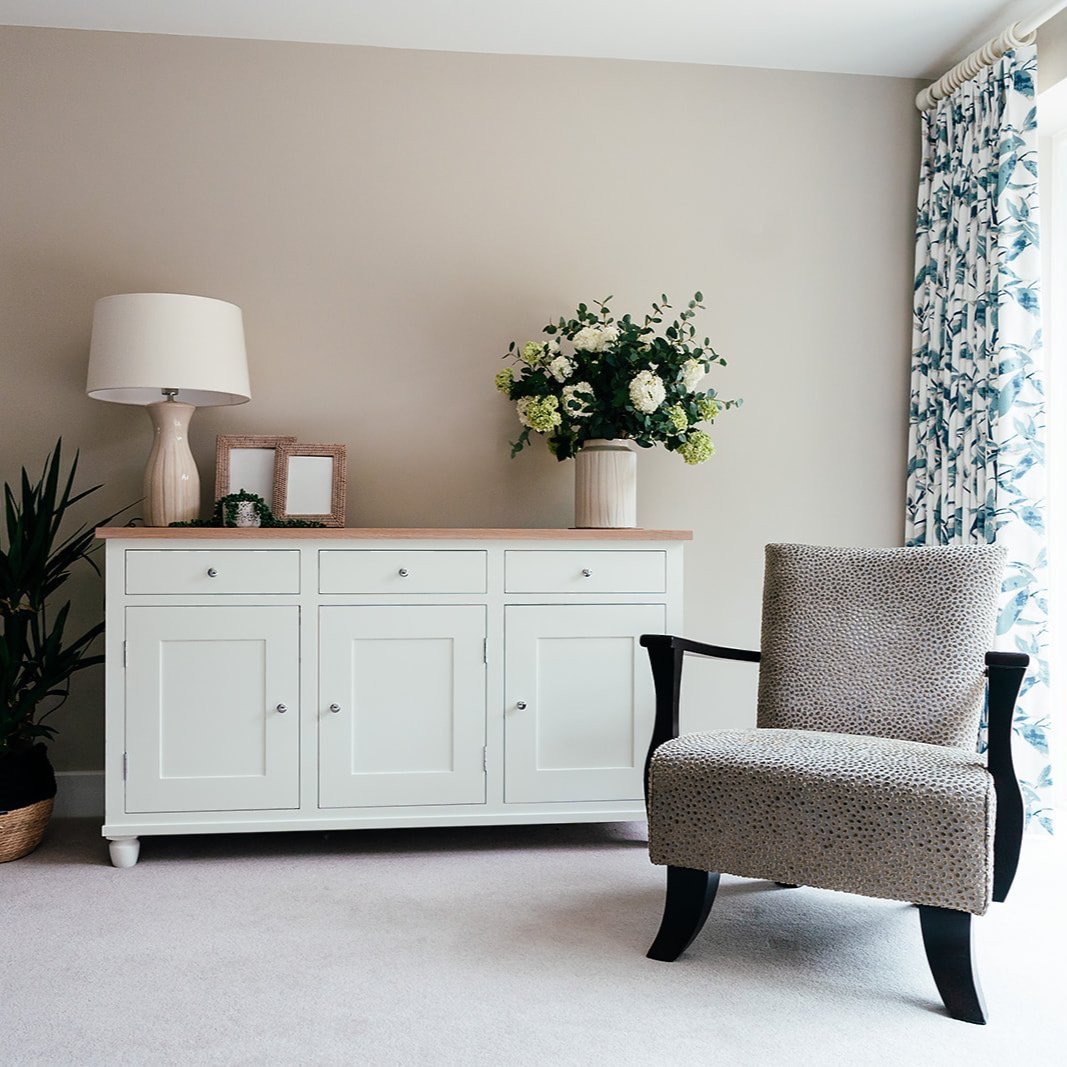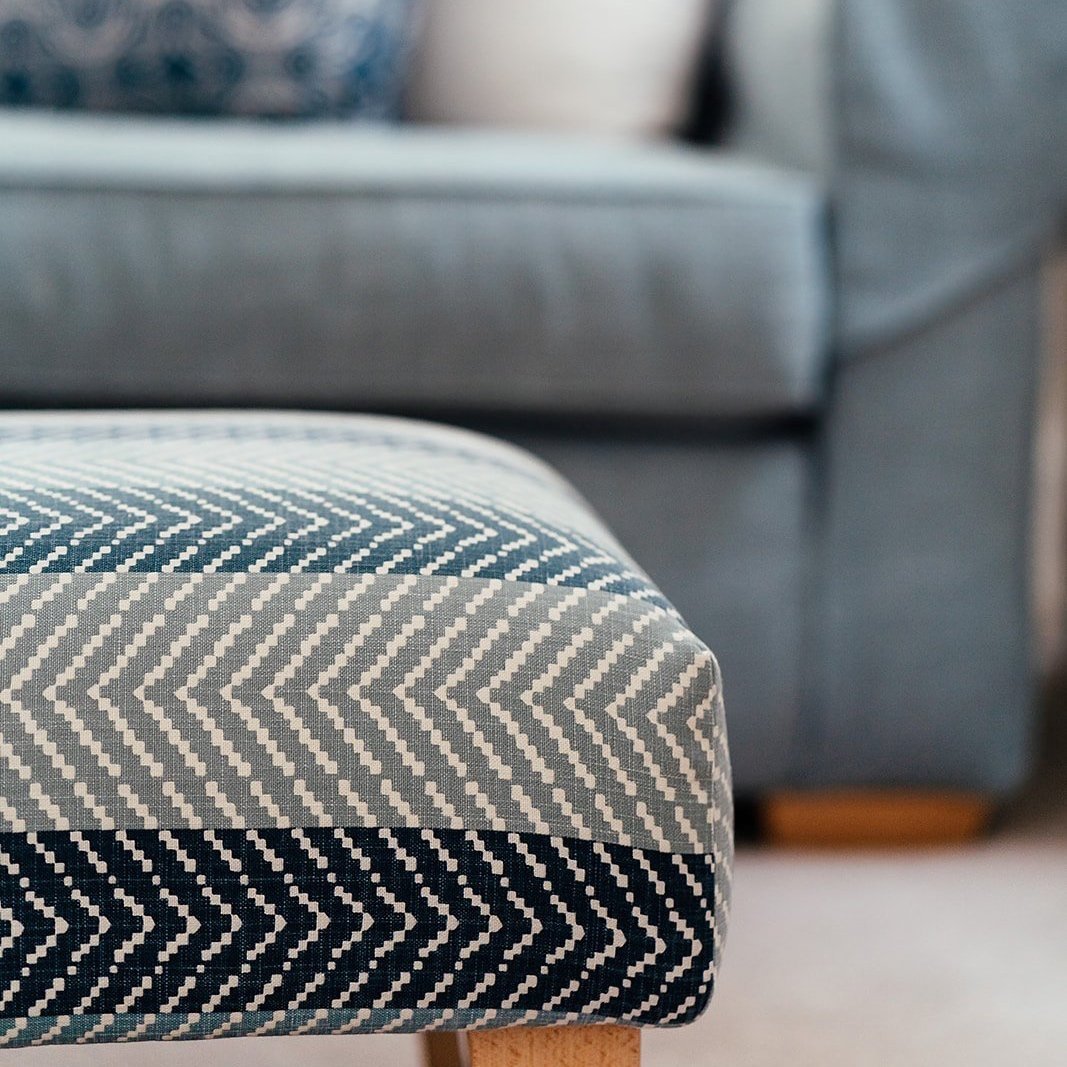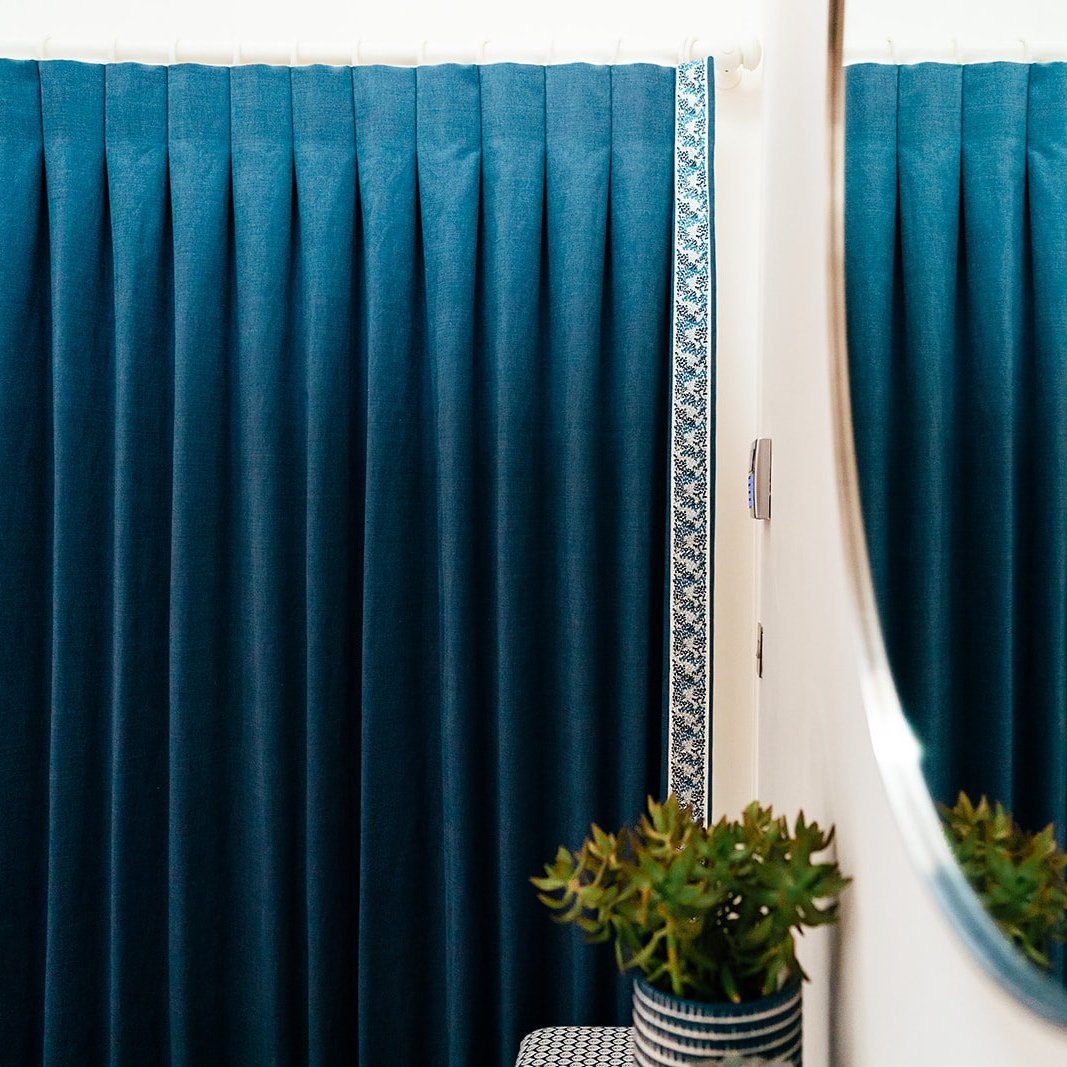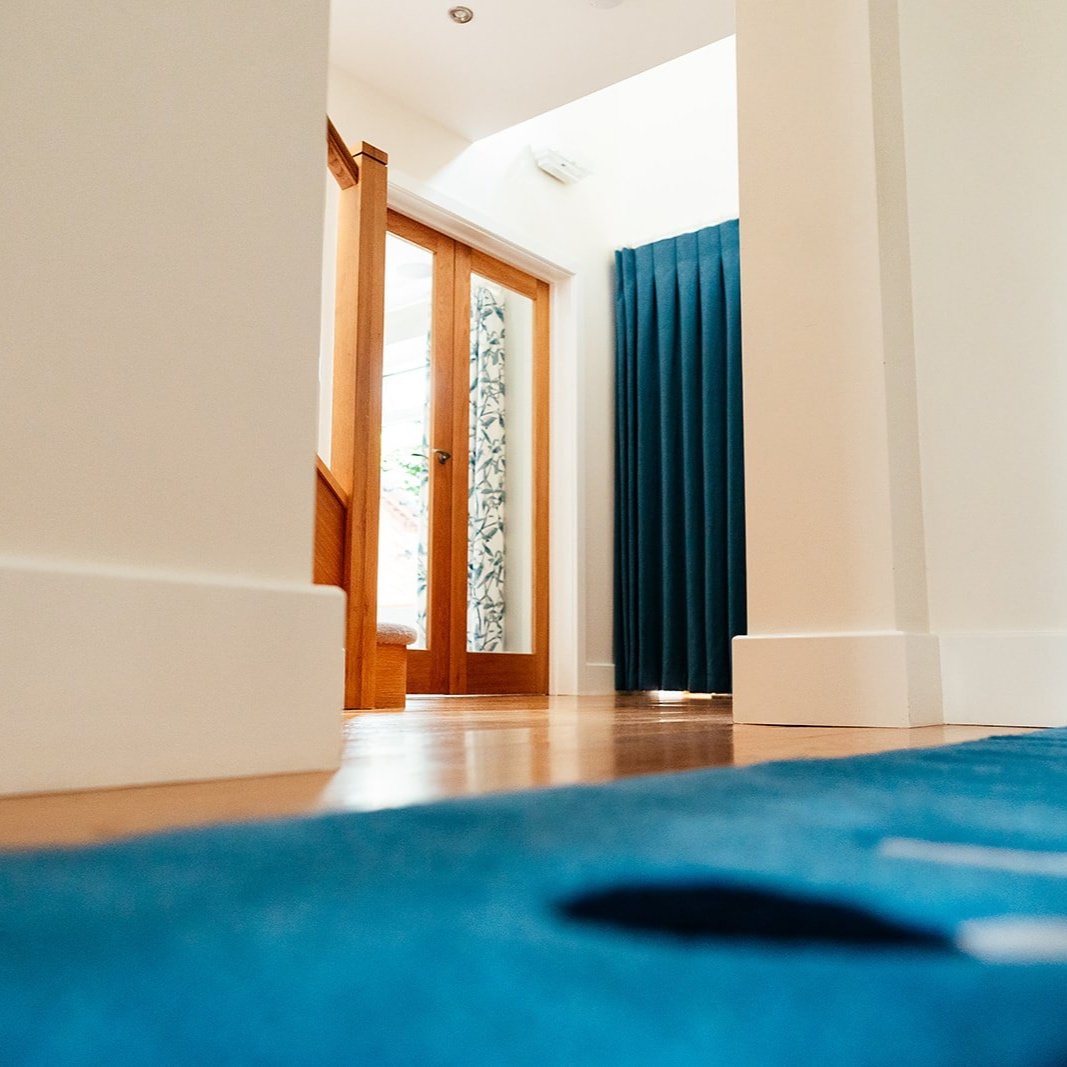Sharing our expertise: Top tips for home styling and soft furnishing
Romo Sarouk Collection
In my last blog post I shared details of a recent chat I had with Deborah Philbrow to introduce the amazing skill of her team at Hursley Workroom, who I work with to deliver beautifully made, quality soft furnishings to my clients.
One of the incredible benefits of working with a seamstress with so much knowledge and experience is that I have been able to learn from Deborah over time and gather lots of brilliant tips and advice I use when creating designs. In this second blog post about working with Deborah and Hursley Workroom, I wanted to show how much information there is to consider and share some top tips with you all.
Using an Interior Designer means you’re spoilt for choice
Making the right choices for the style of your home is a process, including research, options, different suppliers, and bespoke products. I don’t simply pick something I’ve seen in a book or online, I spend time with my client and to discuss fabrics, durability, style, finish and fit in your home. Everything is completely designed for you.
This is the first difference between off the shelf items and using an Interior Designer. If you go to a high street or online retailer, you’ll get a range to choose from but it’s relatively small and will be in limited sizes with no consideration for details like pattern matching.
The choice of fabrics is vast from an Interior Designer, and working with Deborah I have access to many different ranges because she invests heavily to ensure this choice is available for clients. Whatever your favourite colour, style, pattern or texture, there will be something for you, and once you have the perfect fabric we will advise you on the right linings, interlinings and trimmings. Every element of your soft furnishing is individually chosen to create a product that fits beautifully within your home.
There are so many aspects that you wouldn’t even think of when choosing your favourite curtain fabric, for example, but they don’t go unnoticed. When you walk into a room, your eye will be unconsciously drawn to a fabric and the way sits or drapes, and this is all part of what Deborah and I will advise on to ensure you get the wow factor every time. We think about:
every time you touch or move a fabric it changes how it sits,
different patterns fall in different ways, or
matching patterns to ensure they line up across multiple windows, even if they are at different heights.
Avoid expensive mistakes with your soft furnishings
We find that a lot of people go to a shop, buy a pair of curtains, and later they might want to spend a little more and get curtains made for a different room, and this is when they realise the difference. Room layout, pattern placement, thinking about the styling and life of the curtains and how they will be used – all of this is factored in on your behalf and you can’t get that detail off the shelf. The products you buy in the shops may not look terrible, but they won’t look amazing, and amazing is the value an Interior Designer can deliver.
Occasionally we are asked to change or fix items bought from a shop that just don’t fit. Of course, this can be done, but it is often costly and won’t change the fact that what you’ve bought is not a good fit. Sometimes the cost of buying and then changing something mounts up and you are better off investing in bespoke made, quality items in the first place.
Top tips for fabric choices
In my last blog post I mentioned that silk, while often gorgeous, is not the best choice for window dressings. It will perish in sunlight and will need either a contrast borders or window filming to protect it. This is exactly the kind of expertise I get from working with Deborah and her team, and it’s important to consider when working with clients to choose fabrics for their room designs.
Embroidered linen, for example, may have viscose embroidery. Viscose and linen will absorb moisture differently over time, just from the atmosphere, and the embroidery will tighten a little and cause puckering of the fabric.
With curtains, I tend to find customers are a bit marmite in their view about having fabric puddling onto the floor. There are practical reasons for and against this, but from a purely visual perspective this is something that again can create a more luxurious styling.
When trying to achieve fullness for your curtains, it’s sensible not to skimp on fabric. One of my pet hates is seeing ready-made eyelet headed curtains that aren’t wide enough for the pole! Or pencil pleat headed curtains that aren’t gathered up fully and neatly. The amount of fabric you require depends on the style of curtain you choose but will always be at least double the length of the pole or track.
Some clients need curtains made for apex windows (a bit of a favourite with architects these days!), but many fabrics don’t like to be pulled diagonally and it means you have to choose carefully.
Top tips for ensuring your soft furnishings enhance the look of your home
The height of your pole and length of curtains is important in creating an elegant, premium look. Unless there are other factors to be considered I always suggest placing your pole two thirds above the recess, which will elongate the window treatment and visually elevates the space.
Another question people often ponder is how long their curtain track or pole should be. Again, there are often specific circumstances where we would advise something tailored to a customer’s needs and space, but as a general rule your track or pole should be 15-20cm wider on each side of the window.
Beautifully plump cushions are always popular, and the simple secret to achieving that inviting look is ensuring the feather pads you put inside the covers are bigger than the covers themselves. Depending on the size of the cover you’ll need your pad to be 2-6cm larger, and remember if they start shedding feathers it’s time to replace them! Once shedding starts it’s not going stop so treat yourself to some new ones rather than picking up endless feathers.
These are all examples of important considerations that a client needs to know before they go ahead with their choice, or we can work to find a new solution.
We’re always learning, and we use this expertise to advise clients so they know exactly what they’re going to get. If client has their heart set on a fabric they’ve seen, we can advise them how it will work and they can make an informed decision to ensure the fabric looks great and reacts well in their home.
As with every industry, there’s a formula to what works and then we add different elements to create the perfect solution for you. That’s the joy of working as an Interior Designer, because I can pull in whatever expertise you need to ensure the items I recommend create a personalised solution that you’ll love.
If you’ve enjoyed learning about how I work with the Hursley Workroom and you’re interested in ordering soft furnishings made just for you, drop me a line today.




